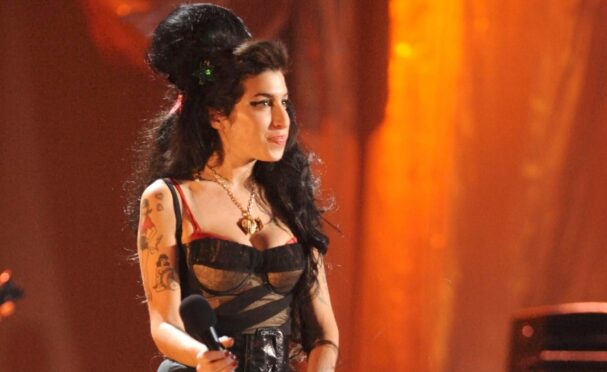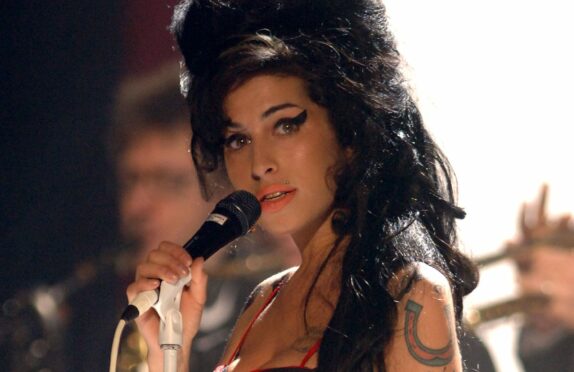
Amy didn’t eat enough. That’s what struck me during the weekend we spent together in New York in January 2007, days before her landmark album Back To Black went to No 1 in the UK.
I watched her, a reed-thin silhouette, pick stringy cheese out of her onion soup, announcing, “It’s all fat, I can’t eat that!” She saved her daily calories for booze. “I will drink,” she shrugged, “rather than eat.” She was, though, at 23, maybe not so different to many of us at that irresponsible age. But she was also nothing like the rest of us: the most profoundly affecting vocalist, songwriter and lyricist of her generation.
I thought I understood the nature of Amy’s issues over her tragically short life – her addictions, her anorexia/bulimia and self-harm (and the insecurity which underpins all of it) – but nothing prepared me for the extent of her psychological turmoil until ghostwriting the memoir of her lifelong best friend, Tyler James. Soulmates who met as kids at Sylvia Young’s Theatre School, they lived together from their late teen years until the day Amy died, July 23, 2011.
It’s a harrowing, disturbingly sad story, one where Tyler cites the toxic nature of fame as the very worst of Amy’s problems. Perhaps most tragically, the grown-ups around her, from family to management and industry executives, while well-meaning in some ways, were catastrophically ill-equipped to provide the professional help she desperately needed (even as she rejected it herself). Amy, in the last three years of her life, was focused on helping herself, by now completely drug-free and consistently sober until work commitments triggered escalating descents into the alcoholism she was so close to overcoming.
“She was so close,” Tyler despaired, himself clean from all drugs and alcohol since 2008.
Here, 10 years on from Amy’s death, Britney Spears reminds us of what happens too often to our celebrated female icons, her story and ongoing struggle for autonomy agonisingly similar to Amy’s: spectacular success followed by paparazzi-documented breakdowns, body issues, relationship turmoil, loss of identity, intervention, outsider control, with a fortune always at stake.
Tyler and I talked at length about Amy’s true character – a jazz character, for whom freedom, creativity and nurture were paramount, who wanted, above all, to become a wife and mother. Back in New York, still an optimistic, comically rock ‘n’ roll personality, she contemplated her surely glorious future.
“I’d like to do another two albums, a bunch of covers EPs,” she beamed. “Go and have 20 kids. And then, when I’m about 60, The Las Vegas Tour. I’ll have Elton’s hair, like at his 50th birthday. And live at the top of some casino and come down for the show every night and they wheel me on stage. It’ll be great! And my kids will be like, ‘Mum you’re so embarrassing’.”
While Amy was so cruelly robbed, her music and that towering voice – like a plaintive antique trumpet, stained in wine, Woodbines and remorse – will live forever.
My Amy, The Life We Shared, by Tyler James, published by Macmillan

Enjoy the convenience of having The Sunday Post delivered as a digital ePaper straight to your smartphone, tablet or computer.
Subscribe for only £5.49 a month and enjoy all the benefits of the printed paper as a digital replica.
Subscribe